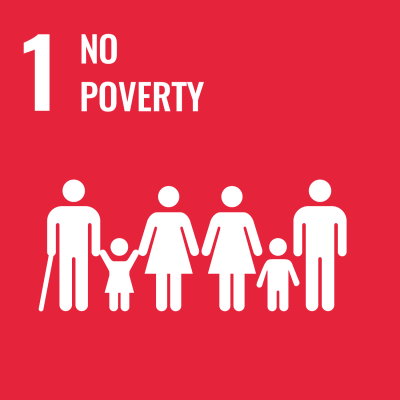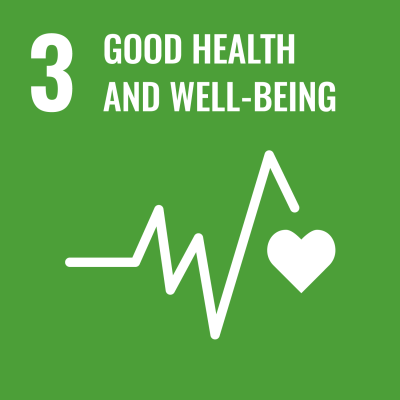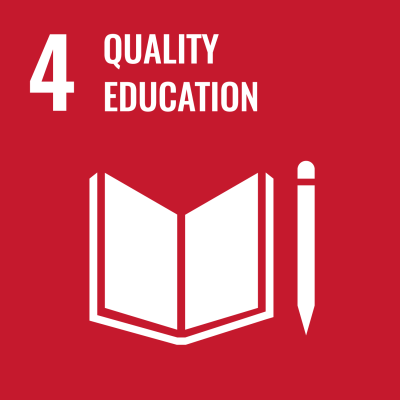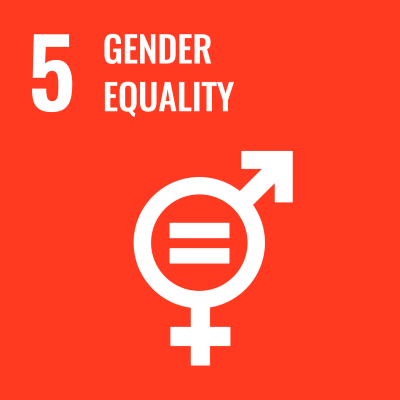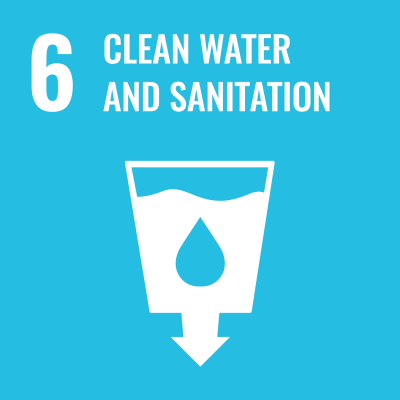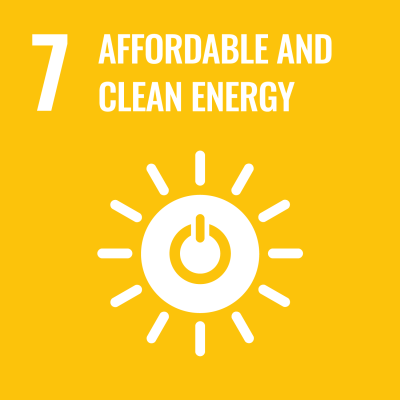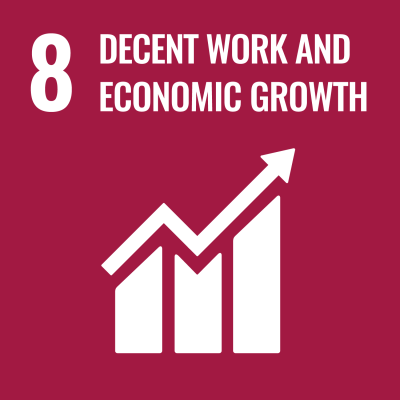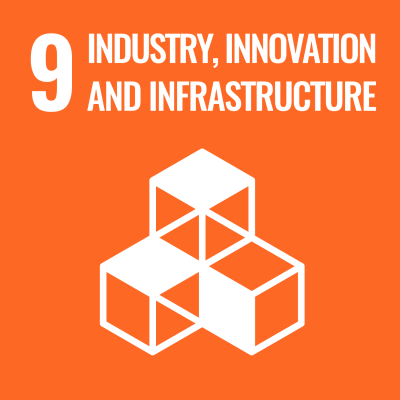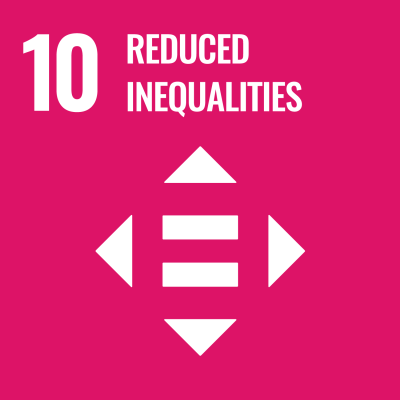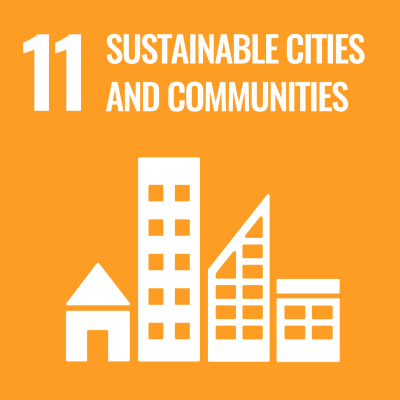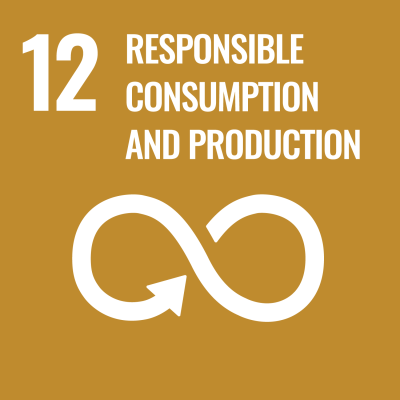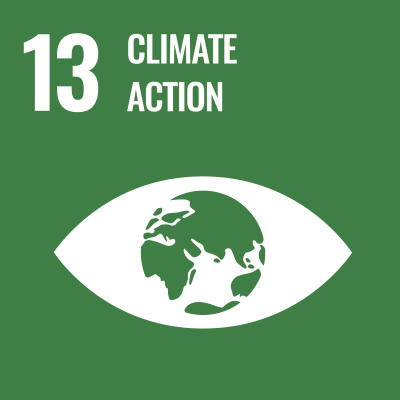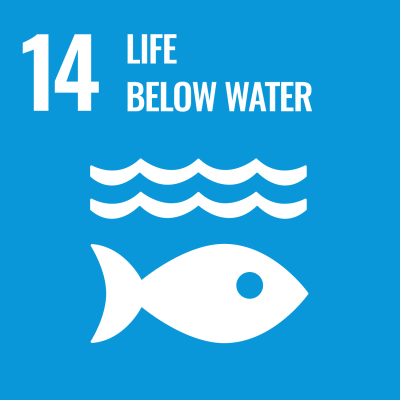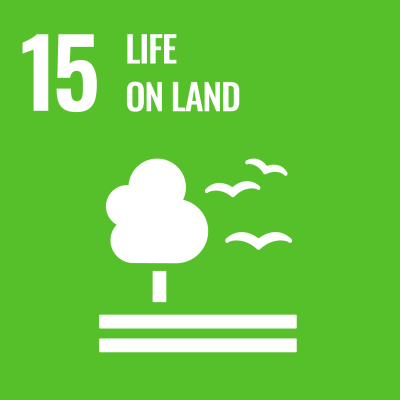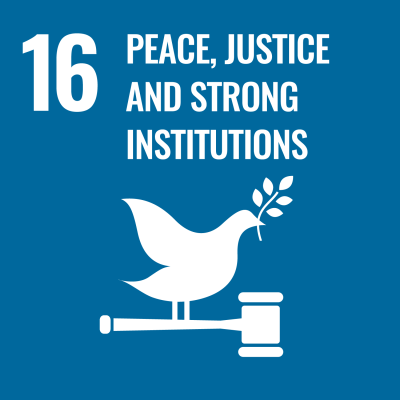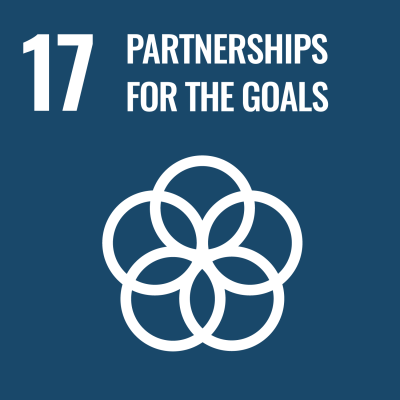Build resilient infrastructure, promote inclusive and sustainable industrialization and foster innovation:
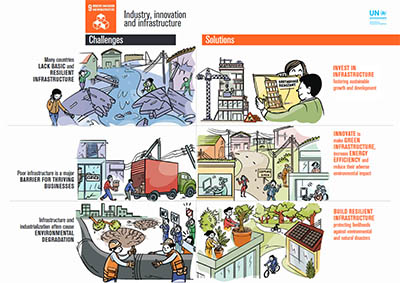
Constructing new greener infrastructures, retrofitting or reconfiguring existing infrastructure systems and exploiting the potential of smart technologies can greatly contribute to the reduction of environmental impacts and disaster risks as well as the construction of resilience and the increase of efficiency in the use of natural resources.
Data and Statistics / Facts and Figures:
In countries where data are available, the number of people employed in renewable energy sectors is presently around 2.3 million. Given the present gaps in information, this is no doubt a very conservative figure. Because of strong rising interest in energy alternatives, the possible total employment for renewables by 2030 is 20 million jobs.
Targets linked to the environment:
- Target 9.1: Develop quality, reliable, sustainable and resilient infrastructure, including regional and transborder infrastructure, to support economic development and human well-being, with a focus on affordable and equitable access for all
- Target 9.2: Promote inclusive and sustainable industrialization and, by 2030, significantly raise industry’s share of employment and gross domestic product, in line with national circumstances, and double its share in least developed countries
- Target 9.4: By 2030, upgrade infrastructure and retrofit industries to make them sustainable, with increased resource-use efficiency and greater adoption of clean and environmentally sound technologies and industrial processes, with all countries taking action in accordance with their respective capabilities
- Target 9.a: Facilitate sustainable and resilient infrastructure development in developing countries through enhanced financial, technological and technical support to African countries, least developed countries, landlocked developing countries and small island developing States


